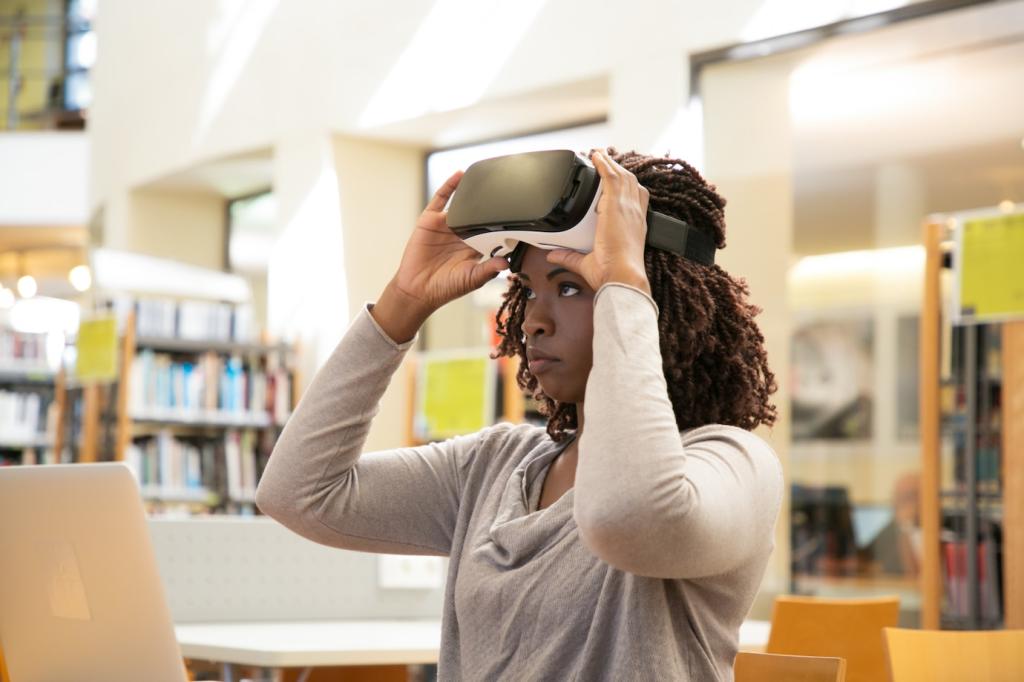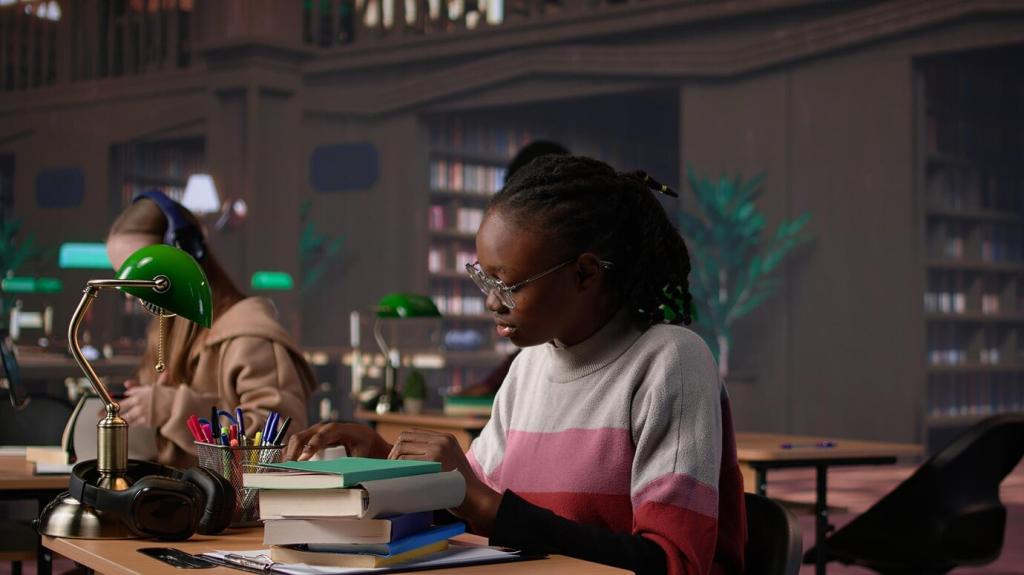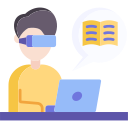Future Trends in Virtual Reality Educational Tools
As technology continues to advance, virtual reality (VR) is playing an increasingly transformative role in education. VR educational tools are not only making learning more engaging and interactive, but they are also reshaping the way educators and students interact with knowledge. The future of VR in education promises even more innovative possibilities, from immersive classrooms to personalized learning experiences. This page explores four key trends that are shaping the future of VR educational tools, offering insights into how they will impact teaching and learning.


Future VR educational tools will feature sophisticated tracking systems that monitor student interactions, responses, and progress in real time. By analyzing this data, platforms can dynamically adjust the difficulty of tasks, provide targeted feedback, and identify areas where a student might need additional support. Educators can use these insights to personalize lesson plans and interventions, maximizing the value of each learning opportunity. As analytics engines grow more advanced, VR will become an invaluable partner for teachers seeking to understand and enhance student performance.

Collaborative and Social Learning
Immersive Group Projects
Future VR educational tools will allow students to work together on immersive group projects, regardless of their physical locations. Within shared virtual spaces, learners can build, experiment, and solve problems as a team, using real-time voice and gesture communication. Collaborative VR projects encourage the development of essential skills such as teamwork, communication, and critical thinking. These experiences also mirror the increasingly digital and interconnected nature of today’s workplaces, preparing students for future professional environments.
Global Learning Networks
Virtual reality platforms are uniquely positioned to create global learning networks, bringing together students and experts from different countries and cultures. Through VR, classrooms can access guest lectures, participate in international exchanges, and take part in global competitions with unprecedented ease. This interconnectedness helps students develop cultural competence, adapt to diverse perspectives, and engage in real-world problem-solving on a global scale. As these networks expand, education will become more inclusive, fostering a worldwide community of learners.
Real-Time Social Interaction
The next wave of VR educational tools will emphasize real-time social interaction through features like facial tracking, expressive avatars, and natural language processing. These tools enhance communication and emotional presence, making virtual interactions feel more genuine and engaging. Whether it’s peer discussions, mentorship sessions, or virtual office hours, students will benefit from direct, meaningful connections with both instructors and classmates. Such immersive social dynamics can help combat isolation in remote learning and drive higher levels of participation and satisfaction.
